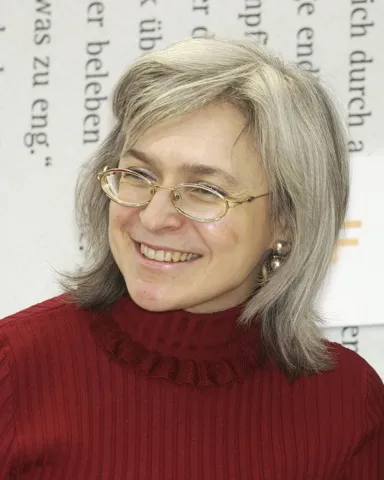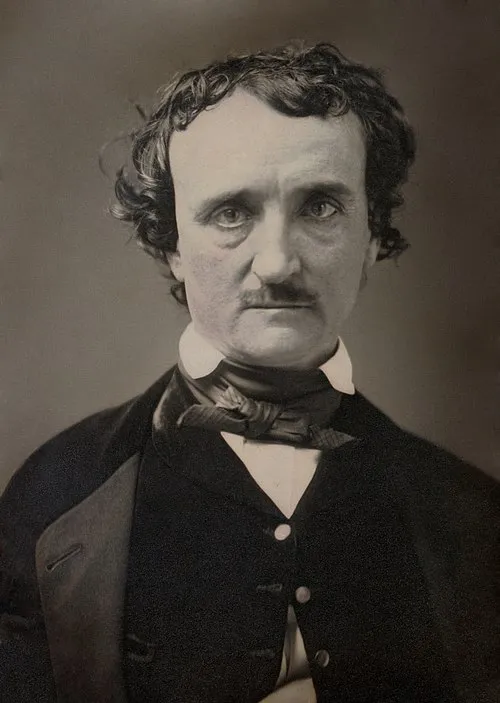
Name: Mario Molina
Nationality: Mexican
Profession: Chemist
Birth Year: 1943
Notable Achievement: Awarded the Nobel Prize in Chemistry in 1995 for his work on ozone depletion.
Death Year: 2020
2020 – Mario Molina, Mexican chemist (b. 1943)
Early Life and Education
Growing up in Mexico City, Molina showed a strong interest in science from a young age. He pursued his undergraduate degree in chemical engineering at the National Autonomous University of Mexico (UNAM). His academic journey continued in the United States, where he obtained a Master's degree from the University of Utah and a PhD from the University of California, Irvine in 1972.
Significant Contributions to Chemistry
In the early 1970s, Molina collaborated with fellow scientists to study the impacts of chlorofluorocarbons (CFCs) on the atmosphere. Their work, published in the journal Nature, highlighted how these compounds, used in household products and refrigeration, contributed to ozone layer depletion. This research catalyzed a global awareness of environmental issues and led to international agreements, including the 1987 Montreal Protocol, which aimed to phase out the use of ozone-depleting substances.
The Nobel Prize and Recognition
In 1995, Molina was awarded the Nobel Prize in Chemistry alongside Frank Sherwood Rowland and Paul Crutzen for their collective work in atmospheric chemistry. Their findings provided a scientific basis for effective policy decisions aimed at protecting the Earth's atmosphere. Molina’s commitment to advancing our understanding of climate change and his advocacy for sustainable practices have inspired countless scientists and policymakers around the globe.
Later Career and Advocacy
Throughout his career, Molina held prestigious positions, including working at the Massachusetts Institute of Technology (MIT) and serving as a professor at the University of California, San Diego. He was also a member of various scientific organizations, including the American Academy of Arts and Sciences and the National Academy of Sciences. Besides his research, Molina was a vocal advocate for science and technology in addressing climate change, emphasizing the importance of international cooperation.
The Legacy of Mario Molina: A Pioneer in Environmental Chemistry
Born in 1943 in Mexico City, Mario Molina was destined for greatness. As a child, he was often captivated by the intricacies of science, spending hours with chemistry sets and books that detailed the workings of the natural world. His passion for learning led him to study chemical engineering at the National Autonomous University of Mexico. However, it was his move to the United States that truly set the stage for his groundbreaking career.
After completing his undergraduate studies, Molina pursued a doctorate at the University of California, Irvine. It was during this transformative period amidst a growing awareness of environmental issues that he began to delve into research on atmospheric chemistry. Ironically, while many considered air pollution an urban issue limited to cities like Los Angeles or Mexico City, Molina’s inquisitive mind turned its focus skyward.
Perhaps it was a stroke of fate that he crossed paths with Rowland, his mentor and collaborator. Together they worked on understanding how chlorofluorocarbons (CFCs), commonly used as refrigerants and propellants in aerosol sprays, contributed to ozone depletion in the stratosphere a layer crucial for blocking harmful ultraviolet radiation from reaching Earth’s surface.
Molina's findings were alarming: CFCs were not just pollutants; they were destroying our planet’s protective shield. Despite this significant revelation in 1974 an era when industrial growth overshadowed environmental concerns the scientific community met their claims with skepticism. Many dismissed their research as alarmist or exaggerated.
However, undeterred by criticism and propelled by data-driven evidence, Molina took their findings beyond academic circles. He presented them at conferences and wrote papers that garnered international attention. The tide began to shift as more scientists joined their cause; public awareness grew about environmental issues associated with CFCs.
In 1987 came a landmark moment: The Montreal Protocol a global agreement aimed at phasing out substances responsible for ozone depletion was born out of months of negotiations influenced by Molina's work alongside Rowland's advocacy efforts. This treaty marked one of humanity's first collective strides toward addressing climate change collaboratively across nations.
Fast forward several years later… Despite their initial resistance from various industries relying heavily on CFCs and indeed facing personal threats regarding their findings their perseverance paid off! By reducing these harmful emissions drastically under international policy frameworks like those outlined within The Montreal Protocol... They saved millions upon millions from increased skin cancer rates!
The Unfolding Career
Molina continued his illustrious career not only as a scientist but also as an advocate for sustainable practices globally until his passing on October 7th ,2020 a day marked with sorrow yet remembrance among scholars worldwide who revered him greatly! During this time frame from discovering critical facets about climate change affecting us all now to educating future generations through teaching posts held across prestigious institutions like MIT & UCSD...
This devotion extended beyond mere academia; working tirelessly behind closed doors advising governments around globe concerning policies focused around curbing greenhouse gas emissions effectively reducing impact upon environment!
A Lasting Impact
The irony lies within how Molinas legacy transcends borders even today… At present when discussions arise regarding modern-day sustainability challenges faced particularly amid recent rising global temperatures many experts reference principles laid down decades prior because without awareness initiated early on who knows where we would stand?
A Reflection on Modern Issues
Who knows what further advancements lay ahead? Society stands ever poised teetering between innovation & responsibility; technologies emerge daily touting promises clean energy alternatives while simultaneously raising questions surrounding potential ecological consequences connected therein too!
An Enduring Influence
Even today as youth movements rally around urgent calls action mobilizing thousands advocating preservation nature all can trace roots back towards groundwork established long before them largely due initiatives pioneered initially by visionaries such as Mario Molina whose resolve still inspires countless individuals around world striving make positive difference!







